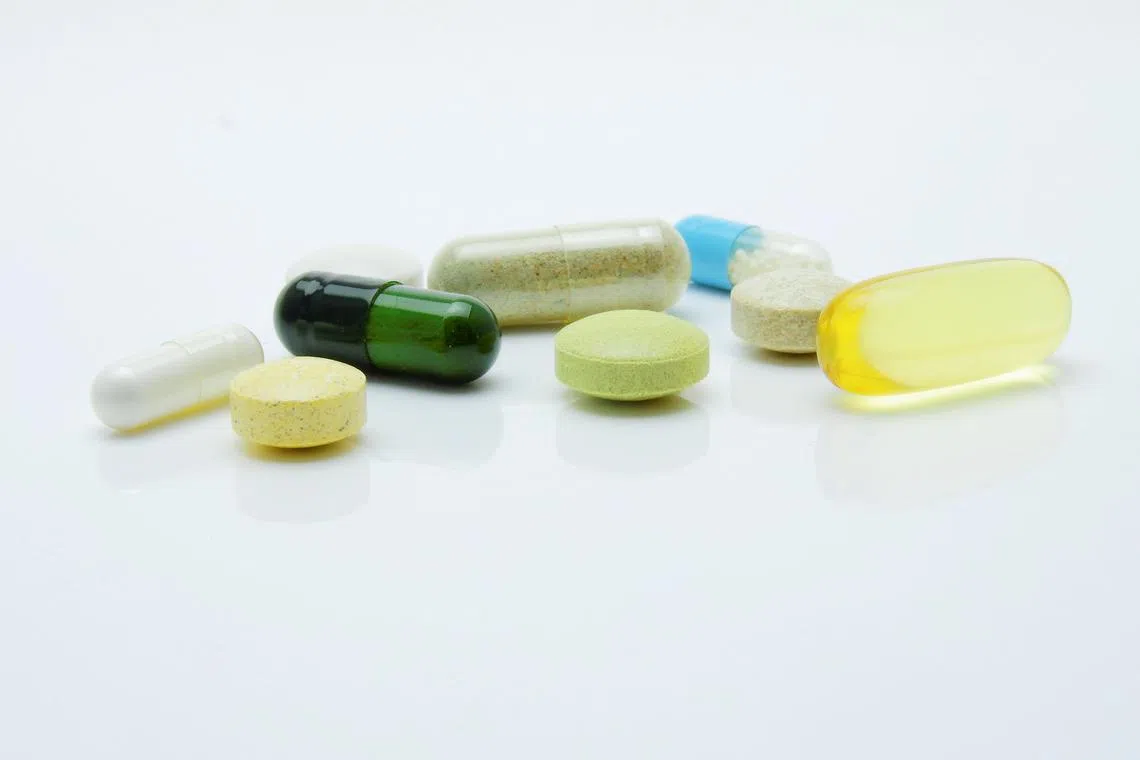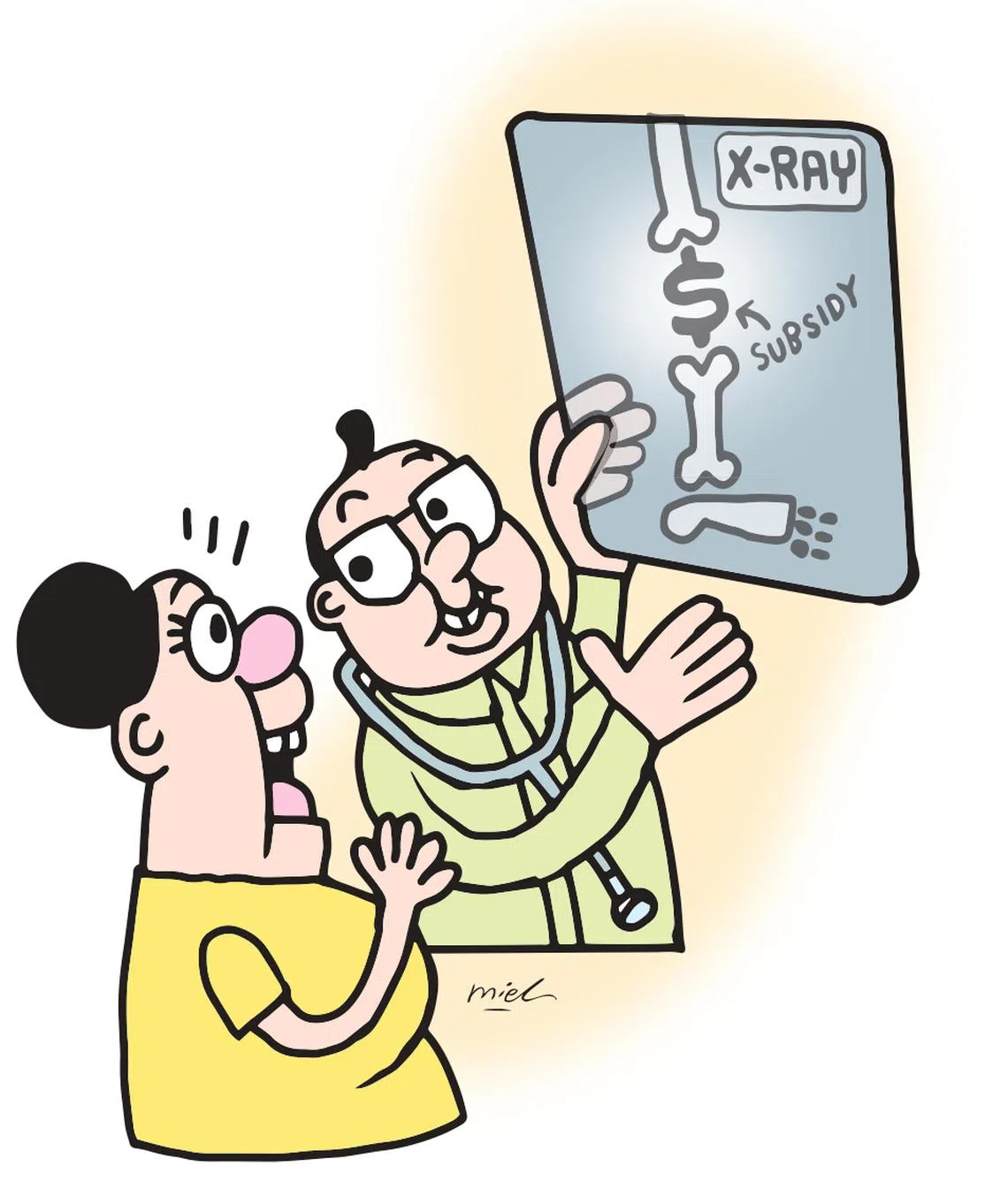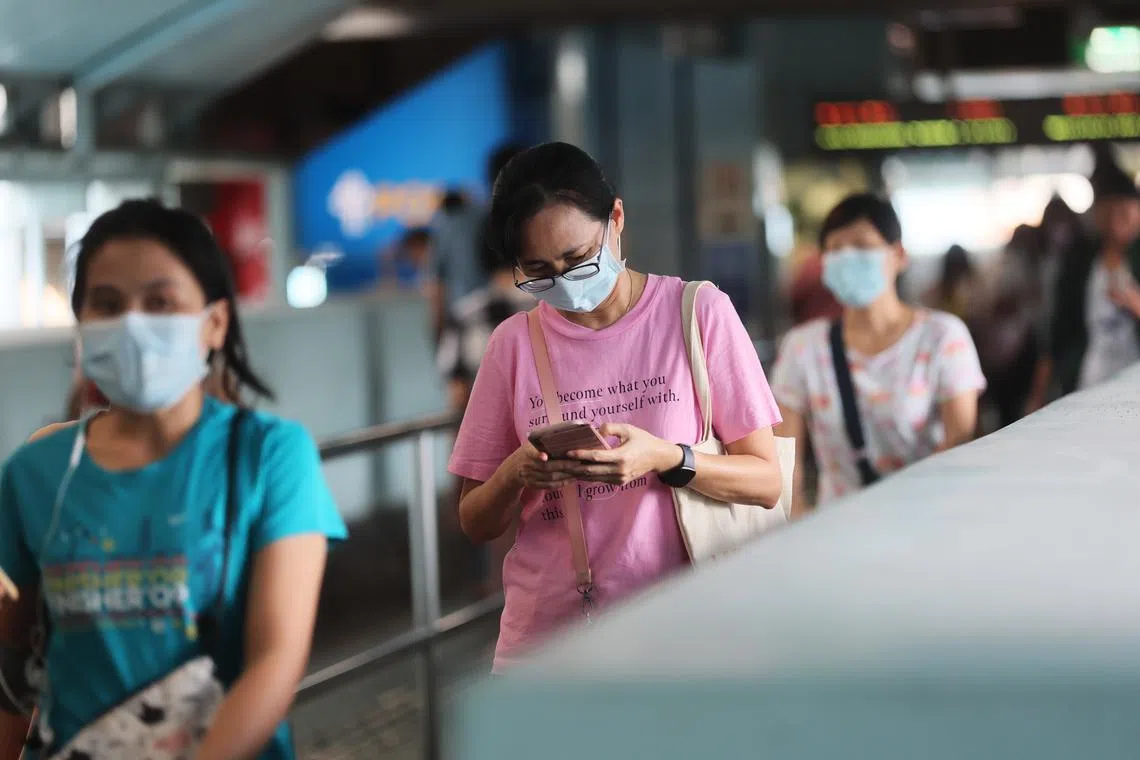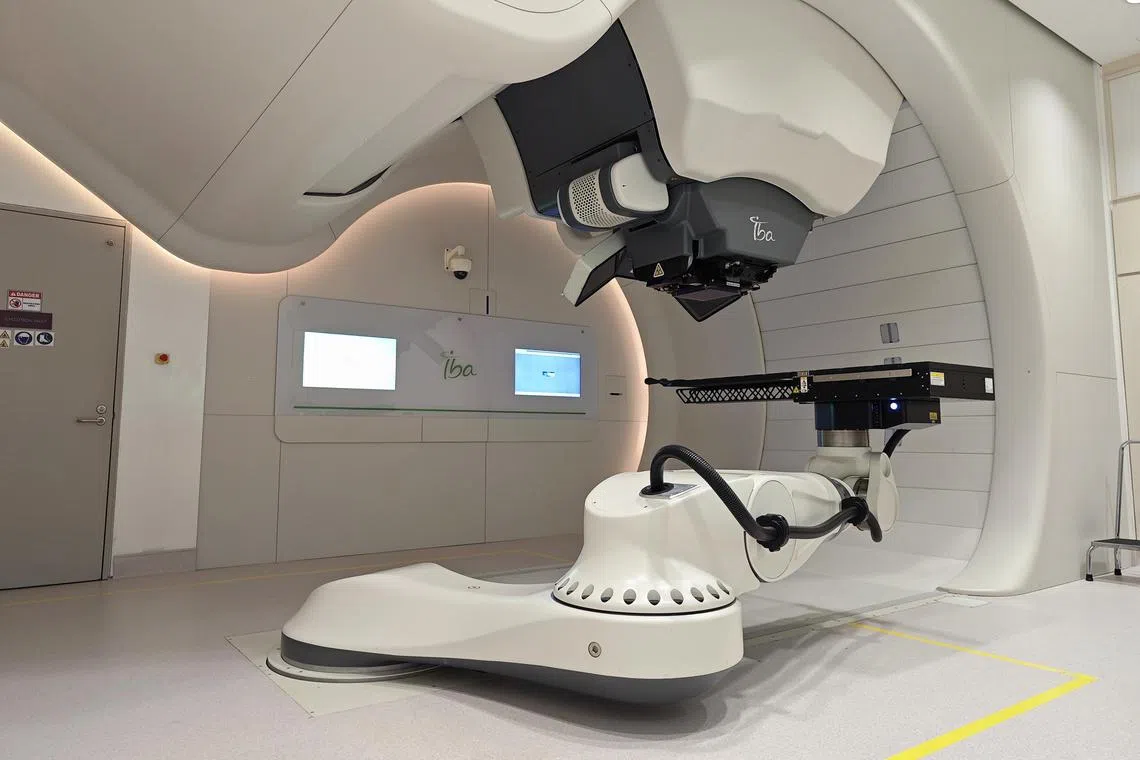The Gist 2023: Singapore’s 5 most significant events in healthcare
Sign up now: Get ST's newsletters delivered to your inbox

Healthier SG was launched in July for seniors aged 60 years and older and progressively extended to adults aged 40 to 59.
PHOTO: IMDA
Follow topic:
It was quite a busy year for healthcare, with major changes to how some treatments are paid for, the end of a pandemic, and the push for better health and healthcare. Senior Health Correspondent Salma Khalik highlights the five most significant events of the year.
Healthier SG
This national scheme to promote better health in people
The concept is to have people see the same doctor, or clinic chain, so there is continuity in their treatment should they develop chronic conditions.
The first consultation, for which the Ministry of Health (MOH) gives participants $20 as an incentive, is to identify problems and draw up a care plan. This helps ensure that people with medical problems are seen regularly and receive timely treatment.
Singaporeans who sign up for Healthier SG are also entitled to all vaccinations on the National Adult Immunisation Schedule for free. These include the two-dose pneumococcal vaccines that protect against the Streptococcus pneumoniae bacteria.
This bacteria is the cause of about 70 per cent of pneumonia. It can also cause meningitis (infection of the lining of the brain and spinal cord) and sepsis, where infection triggers a series of organ failure.
Why it matters

Chronic conditions, if left untreated, can lead to a host of complications resulting in poorer quality of life and higher cost of care for the individual.
Singaporeans are among the longest-living people in the world
In future, the scheme hopes to rope in other agencies to get seniors to take up, or increase, activities that will help keep them connected and healthier, as well as to create an environment that promotes healthier lifestyles.
Cancer Drug List (CDL)

More than 90 per cent of cancer drug treatments used here are on the list.
PHOTO ILLUSTRATION: PIXABAY
The CDL became effective for people with Integrated Shield Plans (IPs)
The scheme mandates that subsidies, MediSave and all MediShield Life-linked insurance are allowed to cover only cancer treatments that are on the list. Drugs and treatments make it to the list if they are both effective and provide value for money.
More than 90 per cent of cancer drug treatments used here are on the list.
The change in cancer financing also splits claims for cancer drugs and claims for services such as the doctor’s consultation fee, laboratory tests and other medicine that might be needed for conditions such as nausea or infection.
IP insurers have offered riders – policies paid for in cash that complement the basic IP insurance, which is completely or partially paid for with MediSave money – that cover some non-CDL drugs and treatments. Riders also cover any portion of the bill that is allowed under the CDL but not covered by the IP, subject to a small co-payment.
Why it matters
Before the introduction of the CDL, Singapore was paying far more for cancer drugs than most other countries. But because value for money is one of the criteria for getting on the list, pharmaceutical firms have lowered the prices of some of the more expensive drugs.
As people live longer, more are likely to get cancer, which is the top killer here. The cost of treating cancer here has soared
The introduction of the CDL has resulted in overall cancer drug costs in the public sector to fall by about 30 per cent.
For individuals, however, it might mean that treatments that were previously covered may no longer be covered, or not covered in full in the private sector. They need to decide if it makes sense for them to buy riders, and be aware that even riders do not cover all cancer treatments. What is covered varies with insurers.
Implant subsidy

The new Implant Subsidy List and enhanced subsidies for implants will mean lower out-of-pocket payments.
PHOTO ILLUSTRATION: ST FILE
The demand for implants increases as people age. They are needed in the eyes following cataract surgery, in the arteries to prevent blockages, and to replace worn-out knees, so people can walk and sit without pain.
Implants can be very expensive. Heart valves, for example, cost more than $30,000. The Government used to provide subsidised patients up to 50 per cent of the cost of the implant, subject to a cap of $1,000 for Singaporeans, and 25 per cent capped at $500 for permanent residents (PRs).
From Dec 1, the Government began providing 50 per cent to 80 per cent subsidy to Singaporean patients, and 25 per cent to 50 per cent subsidy for PRs, with no cap to the amount – provided the implants are on an approved list

The list covers more than 90 per cent of implants used here that have proven to be both clinically and cost-effective.
There is no change to insurance coverage for implants.
Why it matters
The change in subsidy, especially the removal of the cap, makes implants far more affordable for many patients. This means that people will not refuse an implant that could be life-saving or result in better quality of life because of the cost.
According to MOH, the implants not included in the list have either not proven to be effective or are not cost-effective.
Covid-19

People who are medically vulnerable or seniors should get vaccinated regularly, as the protection for them wanes faster than in healthy adults.
ST PHOTO: KELVIN CHNG
The Covid-19 pandemic is over, but infections still continue. This is expected as the disease is now endemic worldwide. It will behave like other airborne infectious diseases such as influenza and the common cold.
People who are medically vulnerable or seniors should get vaccinated regularly
The Government continues to offer the vaccine for free.
As the vaccine is primarily for protection against severe illness and not against infection, people should also take precautions such as wearing masks in crowded indoor areas, to reduce their risk of being infected or of transmitting the virus to others.
Why it matters
Unless the number of infections is extremely high, there is little need to worry, as most people who are infected will not get seriously sick.
What may be of concern, though, is the impact of the surge in Covid-19 cases on hospital beds
Proton beam

The first proton beam licensed for use in Singapore at Mount Elizabeth Novena Hospital.
PHOTO: IHH SINGAPORE
Singapore got its first proton beam systems
These machines, which cost $80 million to $100 million each, are able to kill cancer cells with less damage to surrounding organs than conventional radiation. The therapy, however, also costs two to three times more than conventional radiation, though it is not any more effective. A nine-year-old boy who was treated at NCCS for a brain tumour had a bill of $40,000.
MOH has restricted the use of proton beams to certain cancers, where patients have a good chance of five-year survival, or where the site of the tumour could lead to severe side effects from other treatments.
The ministry said it does not subsidise proton beam treatment as it is a “non-standard treatment option”. Both MediSave and MediShield Life do pay for the treatments, but the amount covered cannot pay for even half the cost of the treatment, making such treatment affordable only to people with Integrated Shield Plans.
Why it matters
Proton beam therapy is particularly suitable for children for whom too much radiation could impact their future lives, as well as for adults with cancers that are situated in places where damage to surrounding tissues or organs could be high with conventional treatment.
Until 2023, people here who needed proton beam therapy had to go overseas, to places like Taiwan or South Korea.


